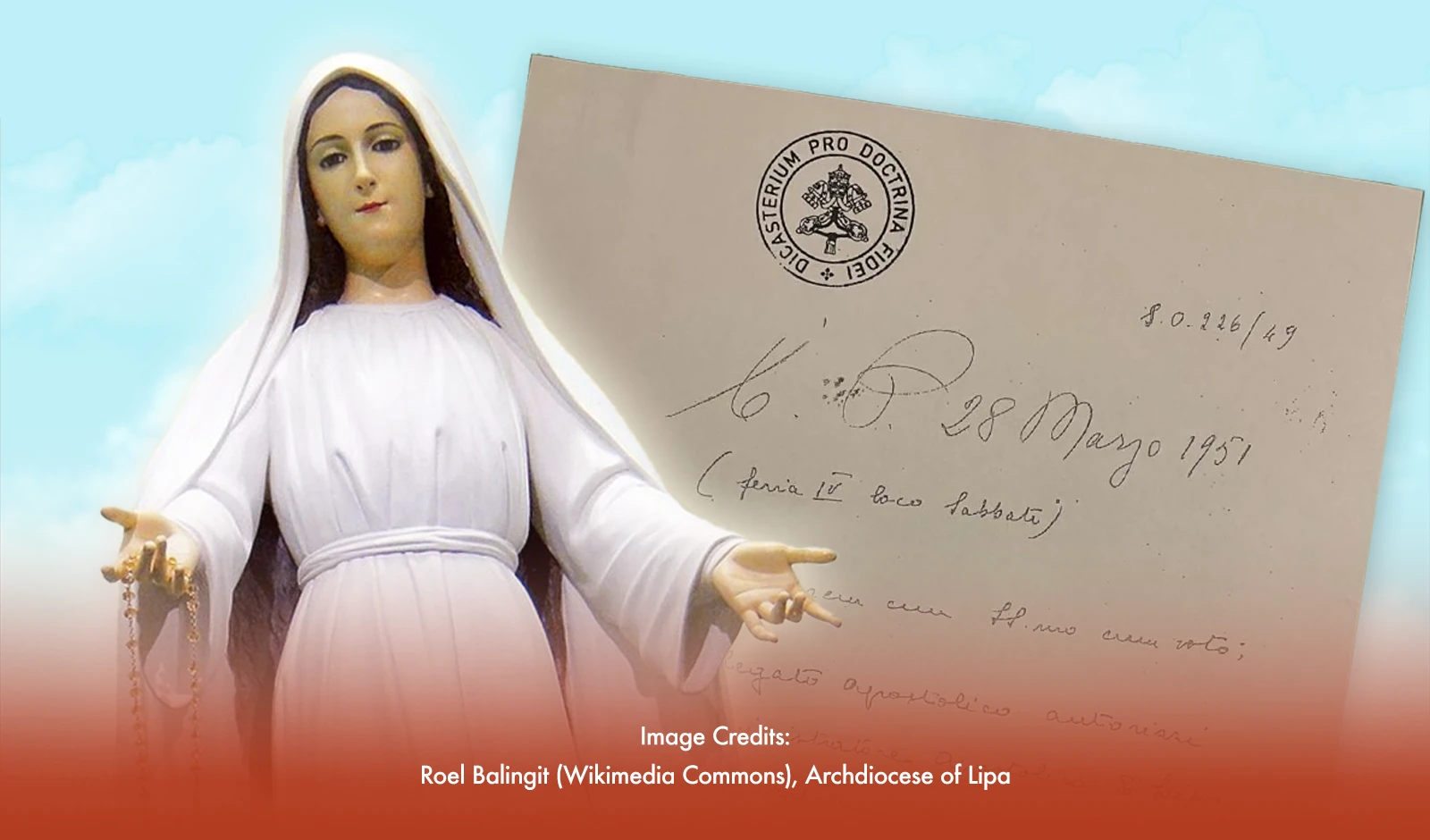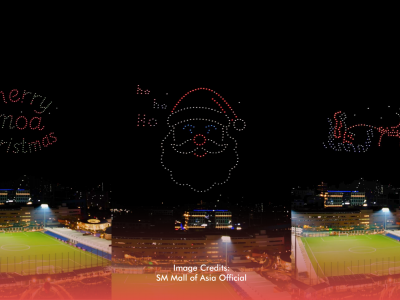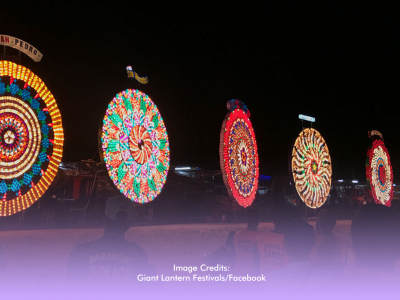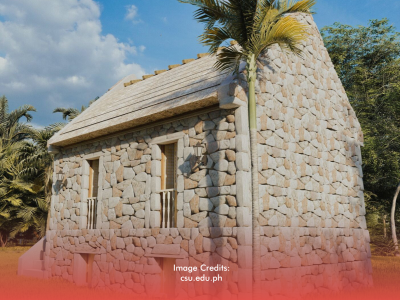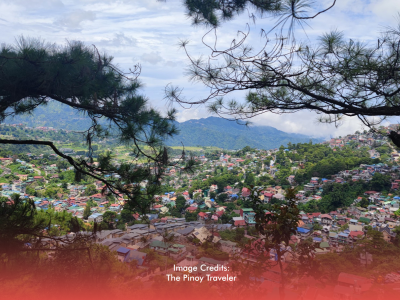Following several years of disputes and accusations against priests in the Catholic Church, the Vatican issued a decree in 1951 that disapproved of the Lipa apparition.
The Vatican released the original 1951 decree stating that the reported Mary apparition in Lipa, Batangas, was not supernatural, the Archdiocese of Lipa announced last Tuesday, March 19.
“By order of the Most Holy Father’s will: The apostolic delegate is to authorize the apostolic administrator to issue a document from the Curia in which it is declared that the events of Lipa, after serious examination, turns out not to have a supernatural origin and character,” the Vatican decree said.
On March 29, 1951, Pope Pius XII approved the Vatican verdict during a meeting, and Cardinal Victor Fernandez, the new DDF prefect under Pope Francis, corroborated it.
The Lipa Apparition
One of the most fascinating and hotly contested Marian apparitions of the contemporary period, the Lipa Apparition first appeared in the Philippines in 1948, capturing the interest of Catholics all over the world and inspiring ardent devotion in followers.
On September 12, 1948, Teresita Castillo, a young Carmelite postulant, reported seeing visions of the Virgin Mary in Lipa City. This is how the tale of the Lipa Apparition got its start.
Castillo claimed that Mary appeared to her in the guise of the Mediatrix of All Grace, bearing messages of repentance, prayer, and peace. Many people reported seeing similar apparitions over the next few months, which sparked a spike in pilgrimages to Lipa and a general conviction of the phenomenon's veracity.
Pilgrims credited the Virgin Mary's intercession for their encounters with great moments of prayer and healing. In an attempt to emulate Mary's teachings, believers were moved by the apparition to perform deeds of charity, attend Mass, and recite the Rosary.
Skepticism
Doubt was expressed about the occurrence due to concerns about the truthfulness of alleged miracles, the nature of the apparitions, and the legitimacy of the witnesses.
A number of inquiries and the eventual suppression of the apparitions in 1951 resulted from the dispute, which was further heightened by tensions between the Carmelite community and the local bishop.
Even though the Church has officially repressed it, believers are nonetheless drawn to and fascinated by the Lipa Apparition.
The Lipa Apparition stands as a testament to the continuing force of religion and the mysterious nature of mystical experiences, regardless of whether it is believed to be a truly supernatural event or the result of widespread religious enthusiasm.

